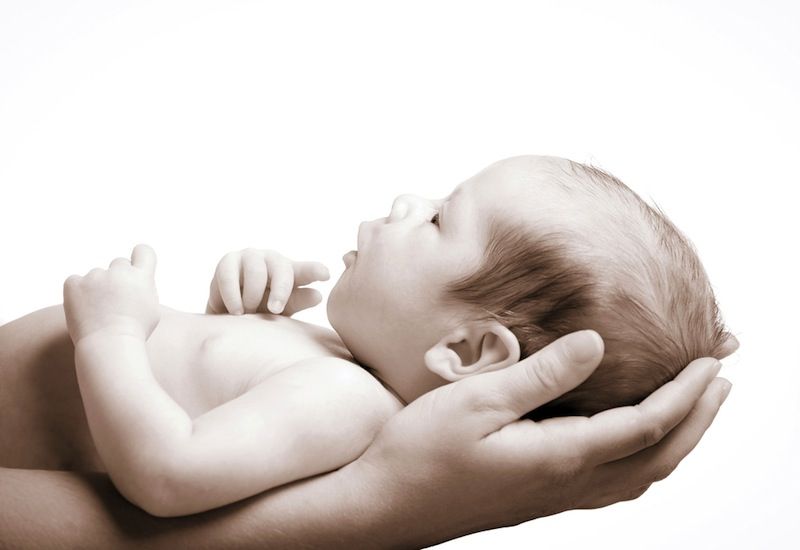Home Births Increase to 37-Year High

The percentage of U.S. babies born outside of hospitals has reached its highest level in nearly 40 years, according to a new report from the Centers for Disease Control and Prevention.
In 2012, 1.36 percent of all U.S. births occurred outside of hospitals — either at home, or at a birthing center — up from 1.26 percent in 2011, according to the report.
Home and birthing center births have been on the rise since 2004, and the 2012 level is the highest since 1975, the report said. [7 Facts About Home Births]
Out-of-hospital births were more common among white women compared with other races: About 1 in 50 births to white women, or 2 percent, were outside of a hospital, compared to 0.54 percent of births to Asian or Pacific Islander women, 0.49 percent of births to black women and 0.46 percent of births to Hispanic women.
Northwestern states tended to have the highest percentage of home and birthing center births. More than 3 percent of births took place outside of a hospital in Oregon, Washington, Idaho, Montana and Alaska, and also in Pennsylvania.
Out-of-hospital births had lower rates of some complications, compared with births that took place in hospitals: The percentage of babies born preterm or at a low birth weight was lower among out-of-hospital births compared to hospital births, according to the report, from the CDC's National Center for Health Statistics.
This finding suggests that women who have a low risk of pregnancy complications (such as preterm birth) are making up a relatively larger proportion of out-of-hospital births than hospital births, the researchers said. In other words, women at higher risk for these complications are appropriately giving birth in hospitals instead of in other settings.
Sign up for the Live Science daily newsletter now
Get the world’s most fascinating discoveries delivered straight to your inbox.
Lynn Johnson, a midwife and administrator of Women’s and Children’s Services at Huntington Hospital in Huntington N.Y., said midwives have criteria that they use to determine which women are candidates for home births, and these are women who have normal-risk pregnancies.
Studies show that most home births are planned: In 2012, about 88 percent of home births in 36 states were planned, according to the report. Unplanned home births are more likely than planned home births to result in preterm birth or low birth weight babies, the researchers said.
Johnson said that giving birth at home or in a birthing center is becoming more popular in areas where it used to be less common. Johnson's hospital offers a hospital-based midwifery program, in which midwives and physicians collaborate in the woman's birthing experience, Johnson said
In the new report, the researchers did not look at the reason for the rise in home and birthing center births. They did note that the number of U.S. birthing centers increased from 170 in 2004, to nearly 250 in early 2013, the report said.
The report is published today (March 4) by the CDC's National Center for Health Statistics.
Editor's note: This article has been updated to correct an error in the stated number of U.S. birthing centers in 2013.
Follow Rachael Rettner @RachaelRettner. Follow Live Science @livescience, Facebook & Google+. Original article on Live Science.

Rachael is a Live Science contributor, and was a former channel editor and senior writer for Live Science between 2010 and 2022. She has a master's degree in journalism from New York University's Science, Health and Environmental Reporting Program. She also holds a B.S. in molecular biology and an M.S. in biology from the University of California, San Diego. Her work has appeared in Scienceline, The Washington Post and Scientific American.

'Love hormone' oxytocin can pause pregnancy, animal study finds

'Mini placentas' in a dish reveal key gene for pregnancy









